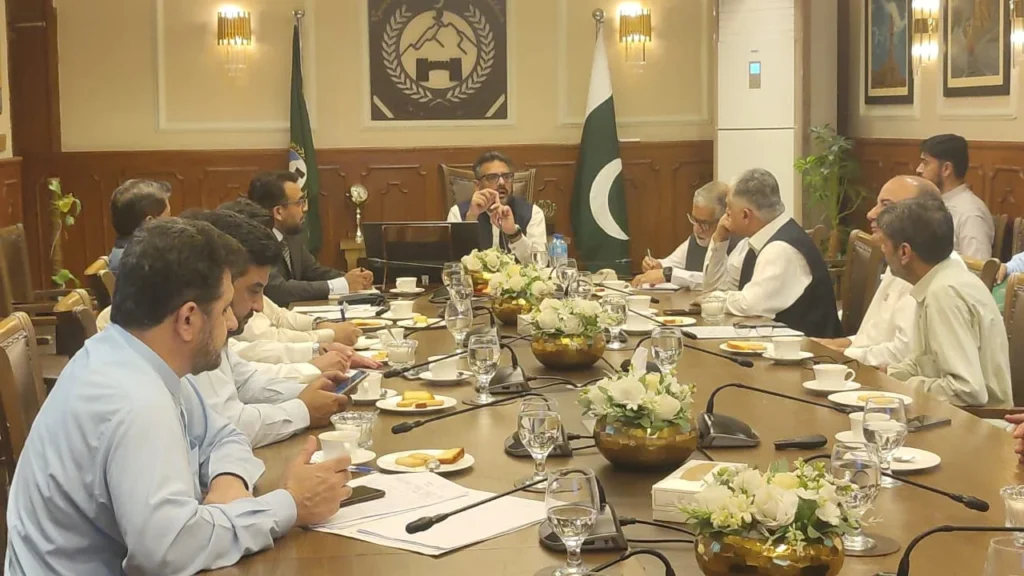In a recent press release, KP Finance Advisor Muzamil Aslam unveiled a one year economic report card of the federal government under Prime Minister Shehbaz Sharif.
The report highlights a severe foreign investment crisis, painting a grim picture of Pakistan’s economic landscape.
Let’s break down the key issues and what they mean for the country’s future.

Foreign Investment: A Downward Spiral:
Pakistan is facing a significant decline in foreign direct investment (FDI). According to Muzamil Aslam, the returns on profits and dividends for foreign companies have barely matched the investment made in the country.
In the first seven months of the current fiscal year,
Pakistan received a total FDI of 1,346 million, while the outflow of profits and dividends stood at 1,346 million, while the outflow of profits and dividends stood at 1317 million.
This means the net gain for Pakistan is almost negligible.
The situation is further worsened by the lack of interest from global investors. Since 2022, no major international company has entered the Pakistani market.
Instead, some existing investors are looking to exit, signaling a loss of confidence in the country’s economic stability.
Pakistan vs. Global Competitors:
While Pakistan struggles to attract foreign investment, its neighbor India continues to shine as a top destination for global investors.
This stark contrast raises questions about Pakistan’s ability to compete on the international stage. Despite numerous foreign trips by Prime Minister Shehbaz Sharif and high-profile business delegations to GCC countries and Saudi Arabia, the government has failed to secure any significant investment deals.
Privatization Failures and Market Stagnation:
The lack of foreign interest is evident in Pakistan’s privatization efforts. The recent failure to privatize Pakistan International Airlines (PIA) is a glaring example.
Despite being in power for nearly three years, the PDM-led government has not completed a single privatization transaction.
Moreover, the stock market has seen little to no activity in terms of major listings or commercial bond issuances.
This stagnation reflects poorly on the government’s ability to create a business-friendly environment.
Borrowing Woes: A Costly Affair
With foreign investment drying up, the government has turned to borrowing to keep the economy afloat.
However, this strategy comes at a high cost.
Since 2022, Pakistan has been unable to secure loans from international commercial banks, forcing it to rely on expensive bilateral loans from friendly countries.
These loans often come with high-interest rates, adding to the country’s debt burden.
What’s Next for Pakistan?
The current economic scenario calls for urgent reforms. To attract foreign investment, Pakistan needs to address key issues such as political instability, policy inconsistencies, and a lack of investor confidence.
The government must also focus on improving ease of doing business and creating a more transparent and competitive market.
Conclusion
Pakistan’s foreign investment crisis is a wake-up call for policymakers. Without significant changes, the country risks falling further behind its global competitors.
The government must act swiftly to restore investor confidence and pave the way for sustainable economic growth.
By addressing these challenges head-on, Pakistan can hope to revive its economy and secure a brighter future for its citizens.

